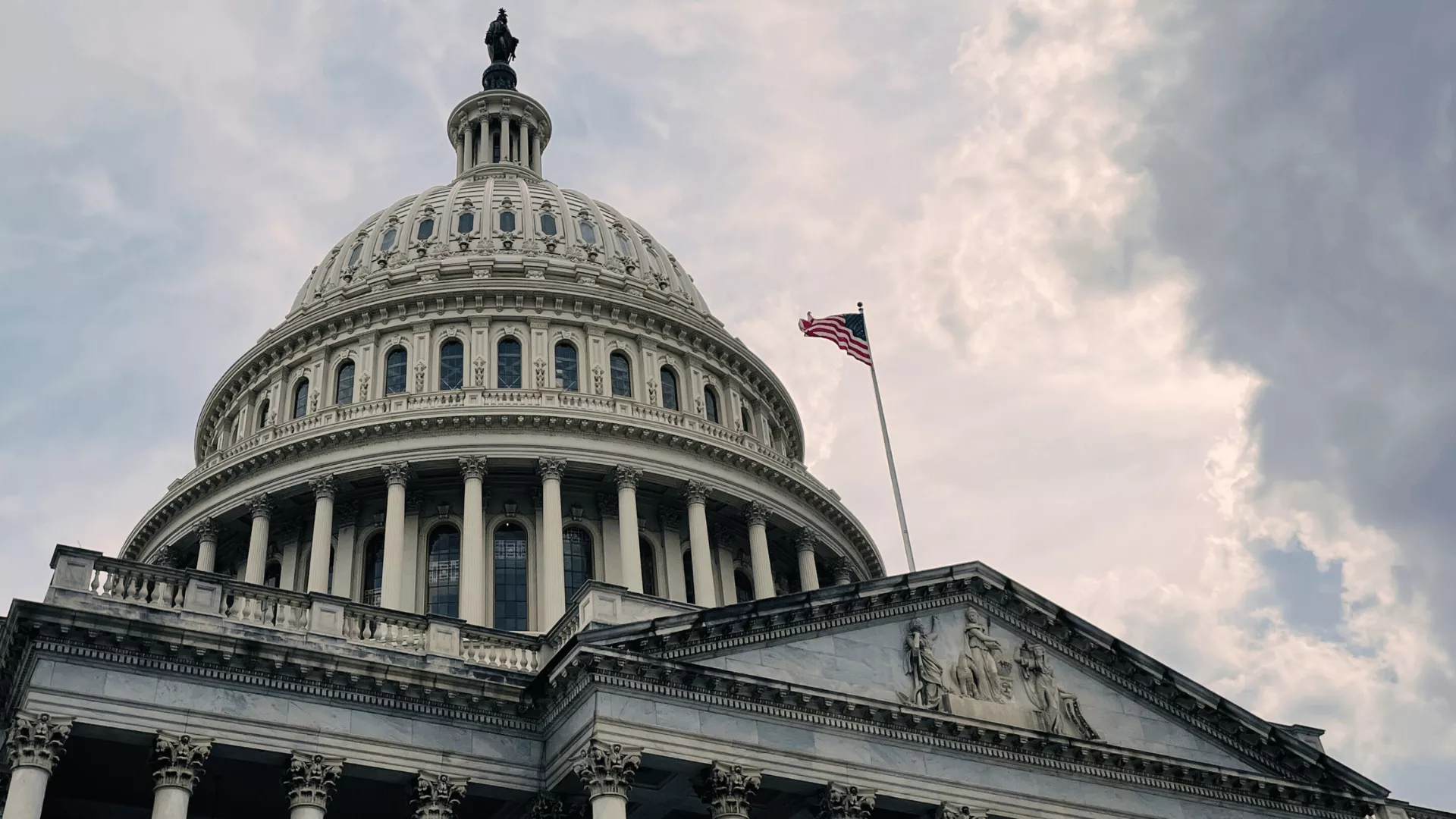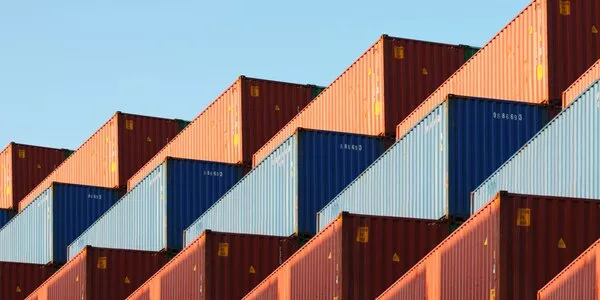
How Does a Government Even Run Out of Money
In 2022, the US government collected $4.9 trillion in revenues [1] . As of September 2023, it also owes about $33 trillion to investors and savers [2] , and intends to add another $1 trillion to its debt over the coming months [3]. Given the complexity of how to fund its operations, decisions can often be non-unanimous. The impact of this has been highlighted this year as the US government has only narrowly avoided shutdowns on two separate occasions.
It is a common misconception that governments could simply decide to print money to cover their expenses. In most democratic economies, that is the responsibility of the respective central bank, which is generally a non-political organisation. Since the US government is looking to spend more than it is earning in (tax) revenue, it will have to borrow the difference, pay interest on those debts, and, indeed, could default on them. This would have severe consequences, albeit it is unlikely to occur.
Generally, government debt is not a bad thing. Governments around the world provide valuable services to their populations, such as education, health care, and social services; and invest to support their domestic economies with improved infrastructure or subsidies. As long as the value created by the economy grows faster than the debt taken on to create it, money seems well spent and public finances could be considered sustainable, all else being equal. For example, a government could borrow with the intention of investing in digital infrastructure. This investment will enable domestic enterprises to gain a competitive advantage over their less developed counterparts, causing profits to rise. Due to revenues increasing, taxes will subsequently increase, and it is these taxes that could be used to pay down the initial debt. In the real world, this is the objective of initiatives such as the Inflation Reduction Act in the US, which is designed to make the country a global vanguard on green energy and mobility.
Never going to financially recover from this?
Of course, piling on debt without end is not a sustainable fiscal practice. However, it’s important to remember that governments are not like consumers [4]: they do not (usually) die, hence creditors can be reasonably confident that their investment will be paid back, if only by the next generation of creditors providing re-financing. Governments do not retire either – whereas a worker’s wage used to pay off a mortgage would eventually stagnate, tax revenues are likely to grow into perpetuity, ideally outgrowing the fixed interest payments for the debt that fuelled them.
The past decade or so provided a golden era of sorts for government financing. With borrowing costs at historic lows, it was a no-brainer for governments to put cheap (monetary) resources to productive use and invest in their economies to position them for a flourishing future. Alas, in the wake of Covid-19 and the war in Ukraine, the cost of debt has surged, and growth projections dropped. Throughout the crisis, governments did well in borrowing money to keep their populations and economies afloat; however, the immediate risks have abated, and investors have begun to put additional scrutiny on how their capital is being utilised. If they lost confidence in governments’ ability to use resources productively and sustainably, creditors would demand higher returns (read: interest payments) to be rewarded for the additional risk they are taking. In the worst case, they would decide not to lend to the government at all. Indeed, this is how a government may run out of money.
No cause for immediate concern
Even if private investors turn their back on the state, central banks may act as lender of last resort to keep the government afloat. Still, sovereign defaults are not unheard of. The Argentinian government ran out of money in 2020, Greece in 2012, to name two recent prominent examples. The risk for large, developed economies such as the US is substantially lower, owing to their materially better growth outlook and better access to capital. European peers such as Italy and France have been scrutinised also and are now paying the price in the form of higher interest rates. This is not to say that there is no need for reform – spending will have to be kept in check, and lending limited to levels that can be sustained by economic growth in the long term. While there isn't an immediate crisis looming, governments must act responsibly to prevent burdening upcoming generations with overwhelming debt.
[2] Same source as previous point
[4] Wonking out: Death, Napoleon and debt (nytimes.com)
This document is a marketing communication provided for information purposes and is not investment advice or a recommendation. It is not intended for distribution in or into the United States of America nor directly or indirectly to any U.S. person.
Investments may be subject to market fluctuations and the price and value of investments and the income derived from them can go down as well as up.
CA314/October/23




